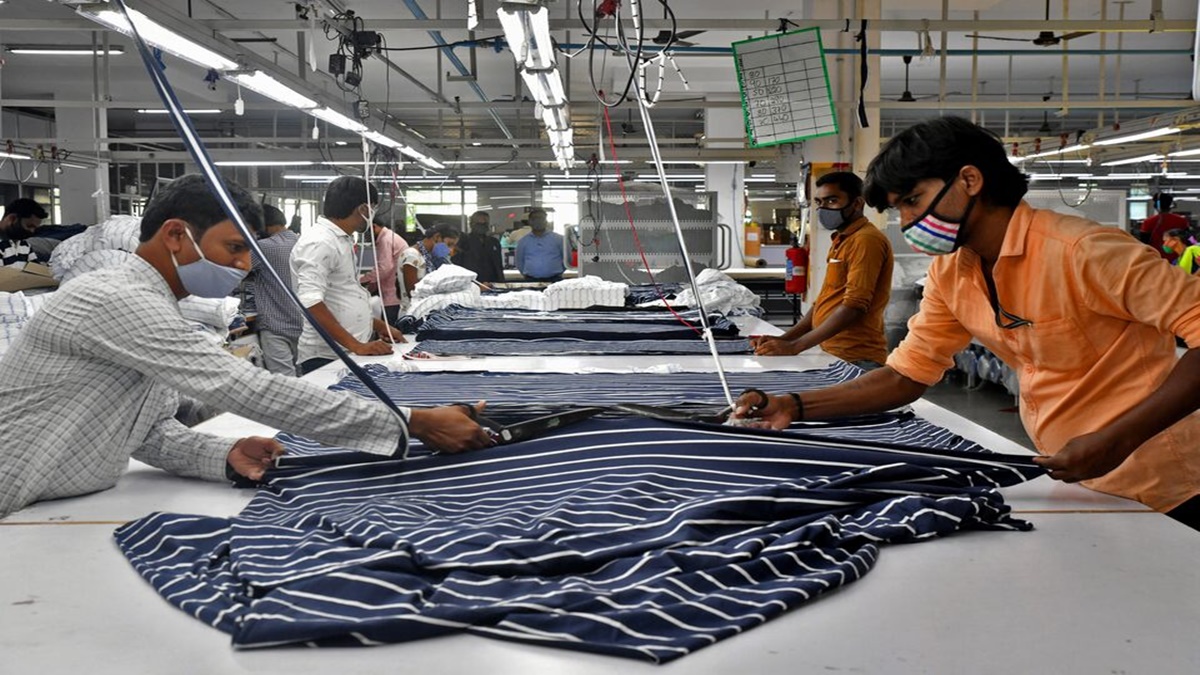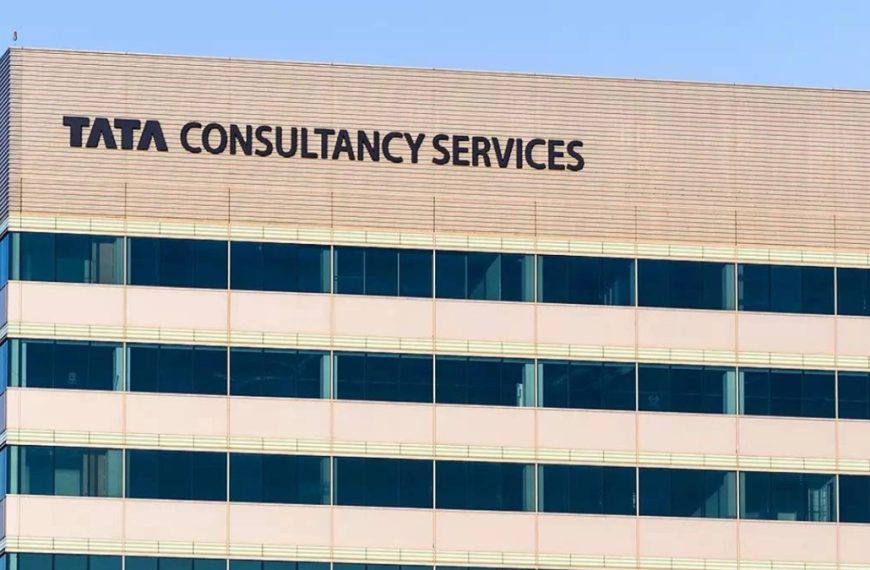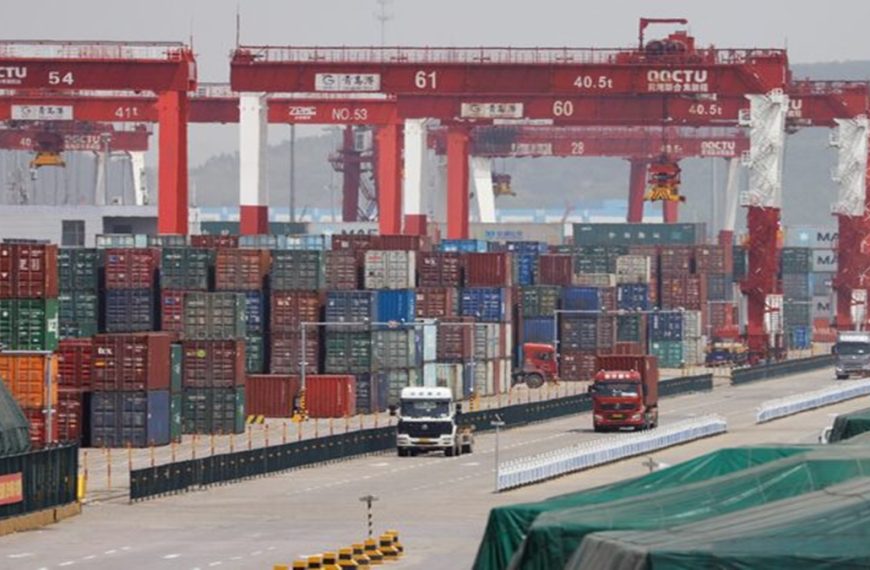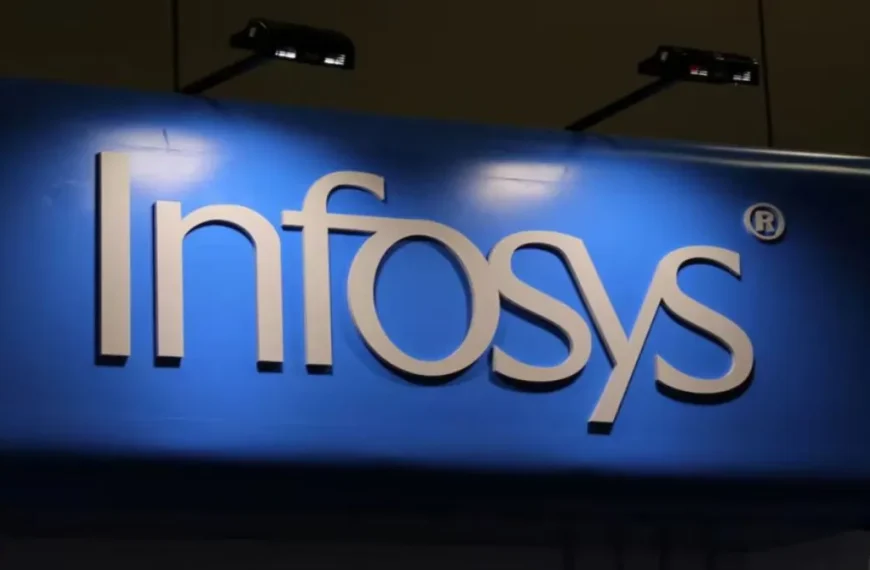New Tariffs: Implications for India’s Textile Industry
In a recent announcement, US President Donald Trump has implemented a 26% tariff on goods imported from India, with certain exemptions. This significant move has raised eyebrows among analysts, particularly for its potential effects on India’s textile sector. While the added tariff may hinder exports, as the US is a vital market for Indian textiles, it could also inadvertently benefit India by placing competitors like Vietnam, Bangladesh, and China at a disadvantage due to their higher tariffs.
Competitive Landscape Shifts
The newly imposed tariff structure reveals striking disparities: Vietnam faces a staggering 46%, while Bangladesh and China are slapped with 37% and 34% tariffs, respectively. Given that textiles contribute only 2% to India’s GDP, compared to 11% in Bangladesh and 15% in Vietnam, the overall economic impact could be less severe for India. According to Deven Choksey Research, “With higher tariffs on competing nations, India stands to gain.”
Two-Sided Effects on Indian Exports
Manish Jain, Chief Strategy Officer at Mirae Asset Capital Markets, emphasizes the dual impact of these tariffs on India. On one hand, the increased levies on competing countries might enable India to capture a larger market share. On the other hand, rising prices for end consumers could dampen overall demand. Notably, textiles exhibit a price elasticity of demand between -1.2 to -2.0; this suggests that a 10% price hike could result in a 12% to 20% drop in demand.
Trump’s recent tariff changes are part of broader measures aimed at addressing trade deficits, affecting over 180 countries. India’s 26% discounted reciprocal tariff is particularly significant.
Future Opportunities Amid Challenges
Despite the immediate challenges posed by the tariffs, India is currently engaged in bilateral trade discussions with the US, aiming to lower these tariffs in the future. While the reciprocal tariff presents hurdles for exporters, it also opens doors for Indian companies to expand their market presence, especially as competitors in China, Mexico, and Canada face steeper tariffs. Ajay Srivastava, founder of GTRI, highlights the potential for growth, stating, “The high tariffs on Chinese and Bangladeshi textiles create avenues for Indian manufacturers to enhance their market share and attract new investments.”
Risks to Consider
However, the implications of these tariffs are not entirely positive. Harsh Bhuta, Partner at Bhuta Shah & Co LLP, points out that although India’s export figures to the US are relatively modest, the tariff still poses risks to key sectors like textiles, jewelry, and engineering goods. These industries may experience margin pressures and supply chain disruptions.
The US market accounts for nearly 28% of India’s textile exports, amounting to approximately $10 billion annually. The new tariffs add significant pressure to an industry that is already facing rising costs and competitive challenges. Karthick Jonagadla, Smallcase Manager and CEO of Quantace Research, suggests that a strategic response, such as a “zero-for-zero tariff policy,” could benefit various sectors, including textiles.
Industry Response and Strategic Moves
In light of these developments, the Apparel Export Promotion Council (AEPC) has approached the Ministry of Textiles, advocating for a zero tariff on textiles and apparel. This proposed policy aims for India to eliminate its textile tariffs, anticipating a reciprocal action from the US, thus restoring competitiveness in Indian textile exports.
Historically, the US has maintained relatively low tariffs on Indian goods, averaging between 2.2% and 2.8% across all imports. As the textile industry navigates these new challenges, the focus will be on strategic adaptations to ensure continued growth and market relevance in the evolving global landscape.











